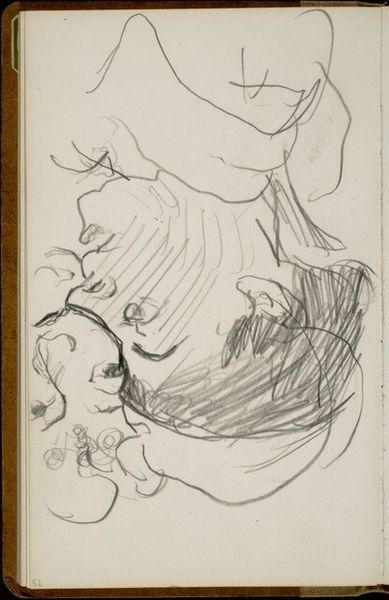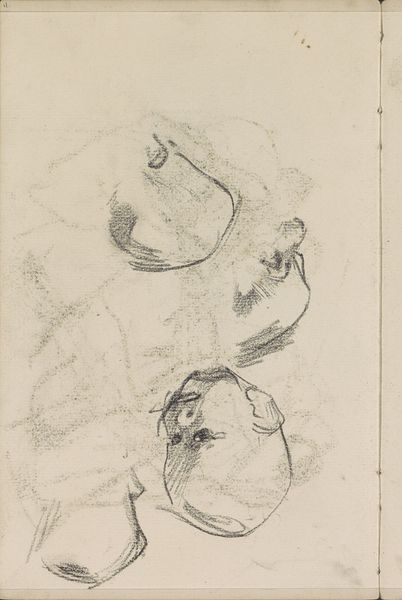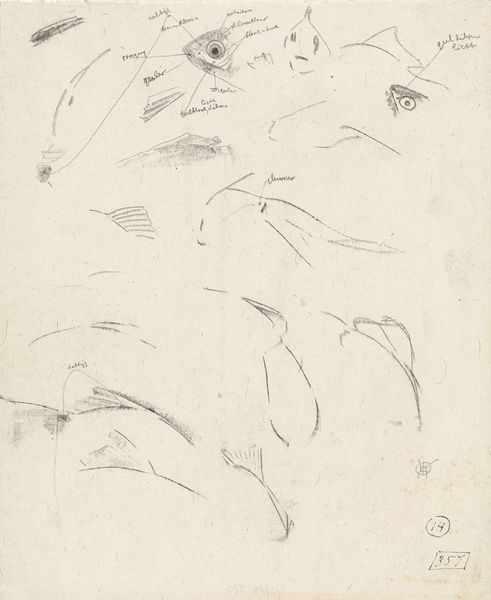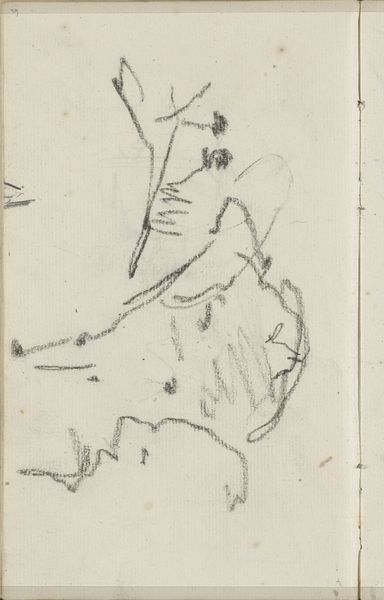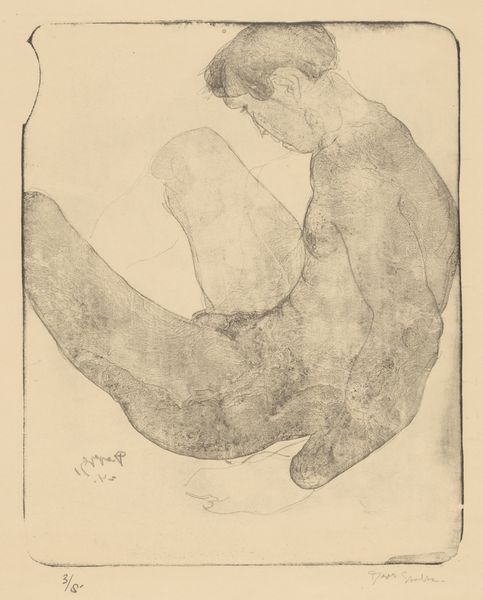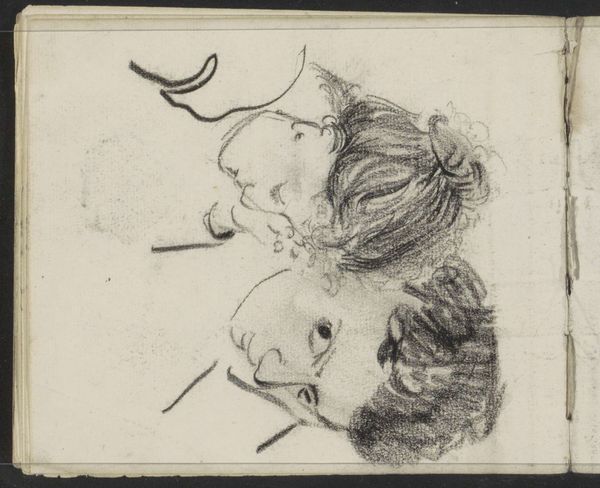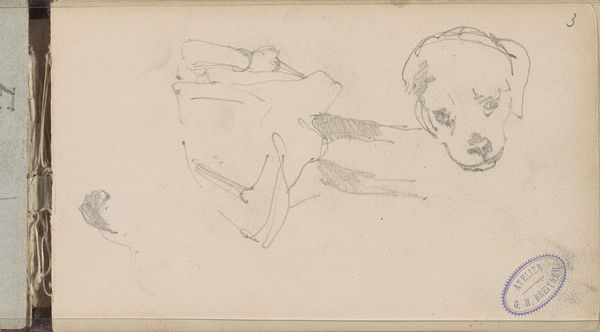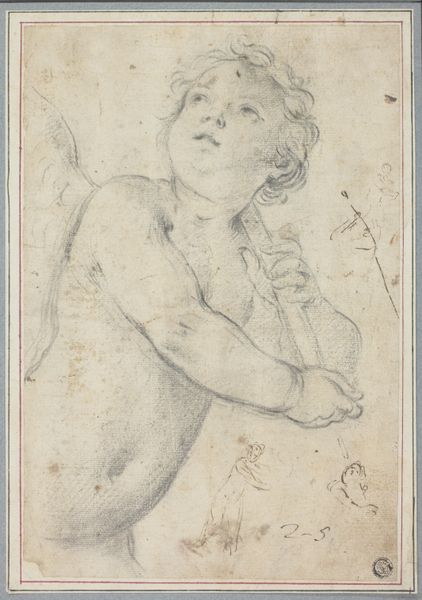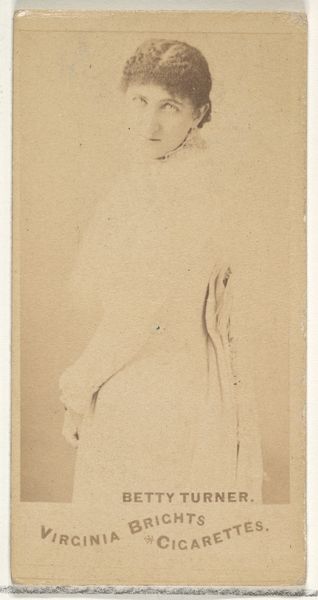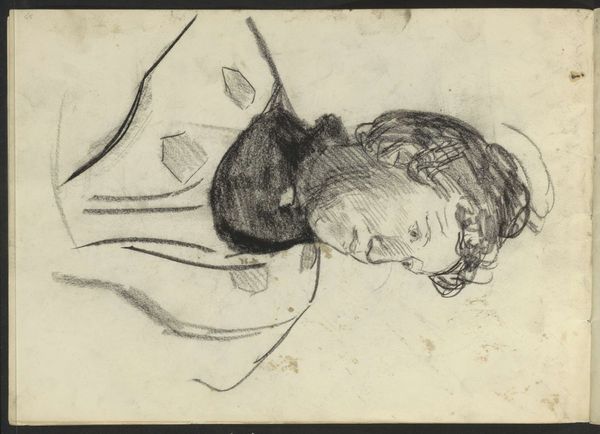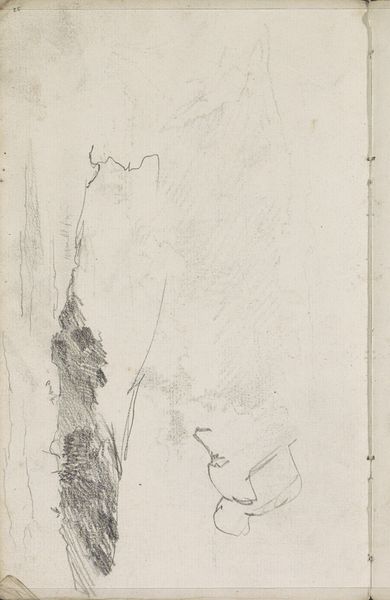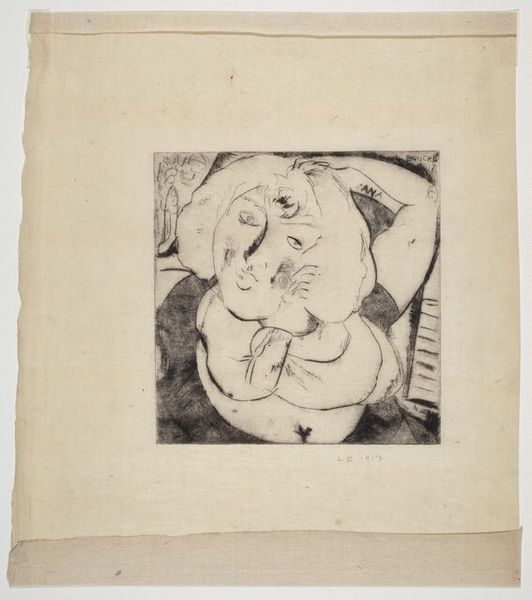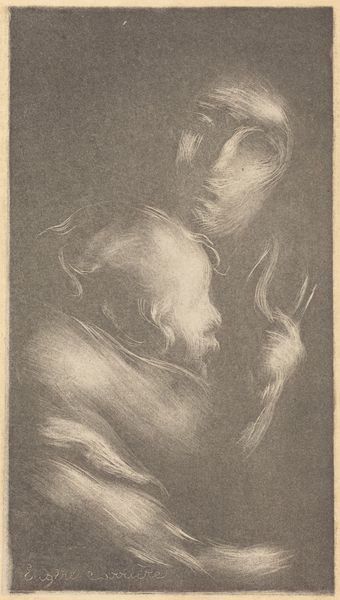
Plate 6: Two studies of children, from "Collection of various doodles and etching proofs" (Recueil de divers griffonnements et preuves d'eauforte) 1641 - 1651
0:00
0:00
drawing, print, etching
#
portrait
#
pencil drawn
#
drawing
# print
#
etching
#
pencil sketch
#
figuration
#
11_renaissance
#
child
#
pencil drawing
#
line
#
profile
Dimensions: Sheet: 4 in. × 1 9/16 in. (10.1 × 4 cm)
Copyright: Public Domain
Curator: Well, look at this beautiful sheet of studies by Stefano della Bella! These two renderings of children are Plate 6 from his series “Collection of various doodles and etching proofs.” He created these sometime between 1641 and 1651. Editor: There's a remarkable intimacy in these sketches. I’m immediately struck by the artist’s skillful use of line to convey form and texture. You can almost feel the soft roundness of a child’s face. It’s also striking to see the level of detail he achieves in what appears to be just a quick study. Curator: Indeed. Consider that these are etching proofs, experiments in the printmaking process. It’s fascinating how della Bella uses etching – typically a medium for reproducible imagery – for these deeply personal, almost private, explorations. It begs the question of how this "doodle" moves from studio practice into public display. Editor: Exactly. The very term "doodles" seems almost a deliberate act to undermine ideas of "high art," especially within printmaking, which had a specific role in 17th-century European society, in reproducing approved imagery by court artists, for instance. So is he undercutting his patrons with this casual moniker? Or is this actually part of the brand? Curator: An interesting point, and this print very deliberately circulates something closer to an intimate family portrait. You can clearly see, by the quality of line, his careful and detailed engagement with the children’s physiognomy. I wonder if the circulation of family imagery helped della Bella garner commissions for family portraits as his career progressed. It must also be noted that in 17th-century Florentine courtly circles, childhood and children imagery start to play a pivotal political and cultural role. Editor: Absolutely. He transforms basic materials, like the etching plate and ink, into commodities, reflecting shifting social attitudes towards the reproduction and marketing of images. You know, seeing the detail makes you forget this image isn’t life-sized! Curator: Looking closely allows one to truly appreciate della Bella’s craft and understand his work beyond its historical significance. Editor: And I feel like this experience has made me appreciate how much labor goes into an “easy” image that makes children’s portraiture, from this era forward, deeply politically entangled.
Comments
No comments
Be the first to comment and join the conversation on the ultimate creative platform.
